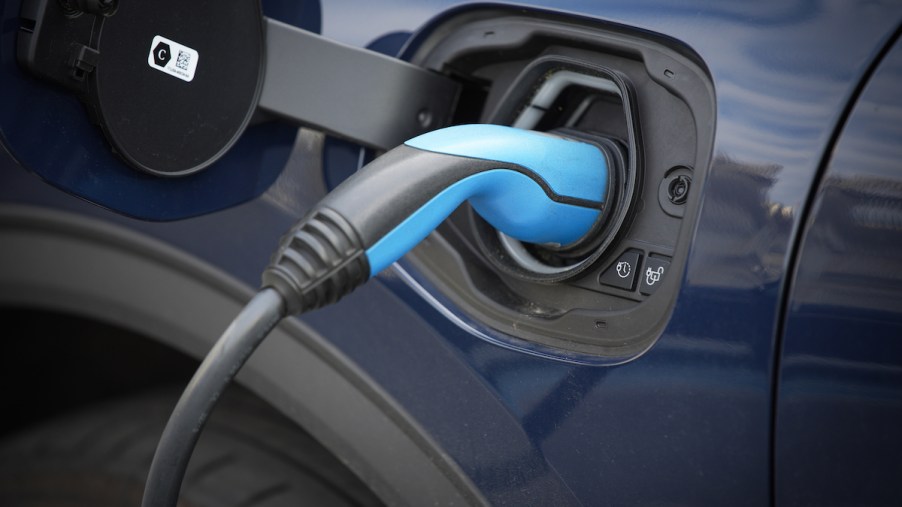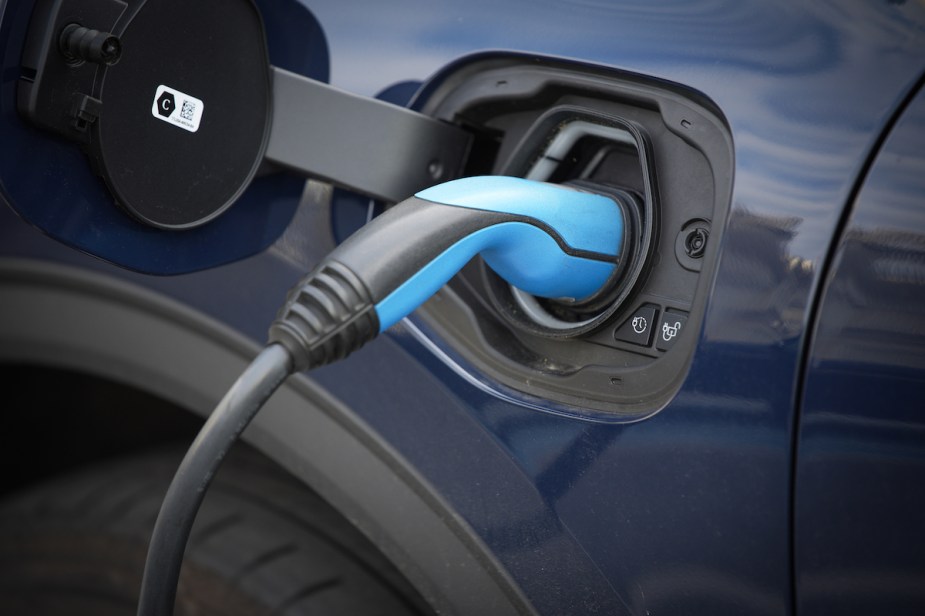
Here’s How to Get Tax Credit for EV Chargers and the Cars
Driving an EV is something more people are thinking about. That said, one of the current issues EVs and EV owners face right now is cost. EVs are a relatively new thing, and as such, they’re not going to be cheap. But governments worldwide are trying to encourage more EV use, and that’s where tax credits for EVs and EV chargers come in.
The federal EV tax credits can save EV shoppers a lot of money

The significant way that EV owners save money is by simply freeing themselves from gas prices, but the second big way EV owners save money is with tax credits. The federal government offers EV tax credits that can reduce the total cost of an EV. This federal EV tax credit can save customers about $7,500 on their EV purchase.
Customers who live in a handful of states with their own EV incentives can also subtract a significant amount of money from their EV purchase. In California, for example, EV shoppers can cut an additional $2,500 off the price of an EV.
Some states offer a flat rebate, while the federal EV tax credit will reduce the amount of taxes you owe to the federal government. Folks must file Form 8936 to get the federal EV tax credit.
There are also tax credits for EV chargers, and here’s how to take advantage
Home EV chargers can also be somewhat complicated. As Forbes wrote, the EV charger tax credit recently ended but was quickly revived thanks to the Inflation Reduction Act. The EV charger tax credit program will now continue until 2032. Overall, the program didn’t change much from its short death, and the changes will benefit Americans.
This EV charger tax credit will apply to businesses and homeowners. Any installations that happened after December 31, 2021, will qualify. One of the main changes is that this tax credit can now be used for bidirectional charging equipment. Folks who own a two or three-wheeled EV, such as an electric motorcycle, can also take advantage of the tax credit.
Folks who take advantage of this tax credit can reduce the cost of installing an EV charger by 30%, up to a max of $1,000. Like with the EV tax credit, some states also have their own incentives, which they can stack with this tax credit. To get this credit, folks will have to file Form 8911 when they do their taxes. And, of course, folks should keep receipts for the cost of the EV home charger and any services rendered.
EV tax credits can be complicated as things are changing
The Inflation Reduction Act was a monumental piece of climate change legislation, and it did more than revive the EV charger tax credit. The previous EV tax credit program had a 200,000 unit limit per automaker; when automakers hit that limit, their EVs no longer qualify for the tax credit. Tesla and General Motors both hit that limit a few years back. Toyota, Nissan, and Ford were also very close to that limit.
The good news is that the Inflation Reduction Act removes that limit, but there’s also bad news. The Inflation Reduction Act also adds new manufacturing requirements that only allow EVs that are built in America to qualify. This is a somewhat complicated topic, as only a certain percentage of the EV needs to be built in America. Regardless, most EVs currently don’t meet that requirement, but that may change in the future.


